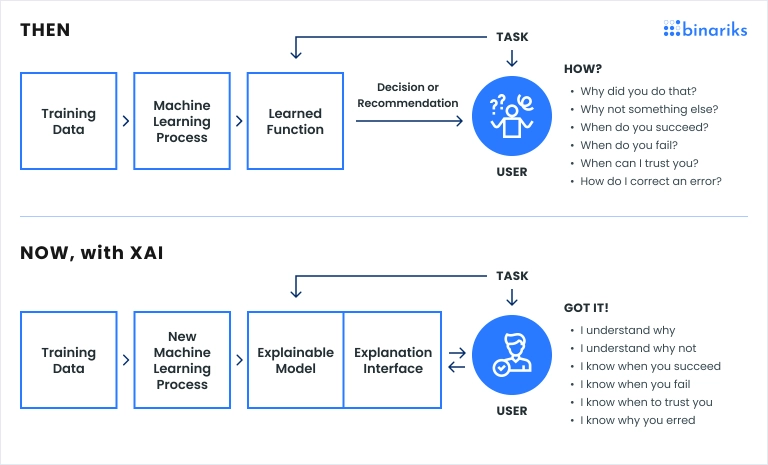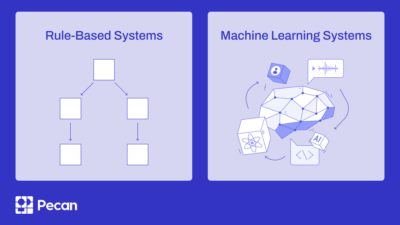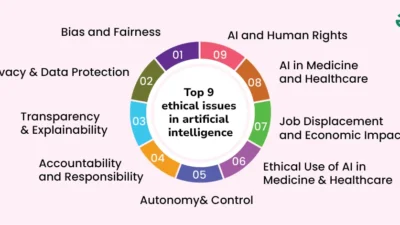Critical decisions in a variety of fields, including healthcare, banking, and law enforcement, are rapidly being impacted by artificial intelligence (AI). However, the decision-making processes of AI models, particularly deep learning systems, are frequently opaque due to their complexity. By improving the transparency, interpretability, and accountability of AI systems, Explainable AI (XAI) seeks to close this gap.
What Makes Explainable AI Vital?
Trust and Accountability: When it comes to high-stakes applications like healthcare and legal decisions, users and stakeholders must have faith in AI systems.
Fairness and Bias: By detecting and reducing biases in AI algorithms, transparency promotes equity.
Regulatory Compliance: In order to comply with legal and ethical requirements, several sectors demand that AI systems be explicable.
Debugging and Improvement: By comprehending AI decisions, developers may improve models and fix mistakes.
Adoption by Users: Usersare more inclined to embrace AI-powered technologies once they comprehend the decision-making process.
Difficulties in Reaching Explainability
- The intricacy of AI models
Neural networks and other deep learning models operate as “black boxes,” making it challenging to understand how they operate within.
It is still difficult to strike a balance between interpretability and model complexity.
- Insufficient Standardisation
It is challenging to create uniform standards for AI transparency because different industries have varying needs.
Since diverse models call for different methods, there is no one way to explain AI judgements.
- Privacy and Ethical Issues
Excessive transparency may reveal private information or secret algorithms.
An important issue in explainable AI is striking a balance between transparency and data protection.
Methods for Explainable AI
- Analysis of Feature Importance
determines which input factorsmost significantly influenced the AI’s choice.
Techniques: LIME (Local Interpretable Model-agnostic Explanations) and SHAP (Shapley Additive Explanations)
- Explainability Methods Particular to Models
Linear models and decision trees are inherently interpretable.
Neural networks’ attention mechanisms highlight significant portions of input data.
- Methods of Post-Hoc Explanation
producing explanations that are comprehensible by humans once the AI model has made a choice.
Model focus is revealed by visualisation methods such as heatmaps (e.g., Grad-CAM for computer vision models).
- AI Methods Based on Rules
utilising AI systems that are founded on logic, such expert systems, which are able to provide systematic explanations of their reasoning.
Applications of Explainable AI in the Real World
Healthcare: AI-powered diagnostic tools that provide an explanation for the diagnosis of an illness based on imaging data.
Finance: Credit scoring models that indicate the reasons behind the approval or denial of a loan application.
Law Enforcement: Predicting crimes using AImodels that guarantee equitable decision-making.
Autonomous Vehicles: Knowing how autonomous vehicles decide where to go.
Explainable AI’s Future
Enhancing explainability while preserving model accuracy is the fundamental goal of current AI research. In order to guarantee the ethical implementation of AI, organisations are also implementing AI governance frameworks. Explainable AI will play a crucial role in the responsible use of AI systems as regulatory authorities strive for increased transparency.
In conclusion
In AI-driven systems, explainable AI is crucial for fostering confidence, guaranteeing equity, and satisfying legal obligations. Organisations may develop more ethical, dependable, and transparent AI systems by putting interpretability strategies into practice. AI’s future rests not only on its accuracy but also on its capacity to provide concise, insightful justifications for judgements.
How do you feel about Explainable AI? Give yourthoughts in the comments section below!




